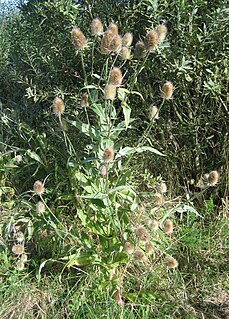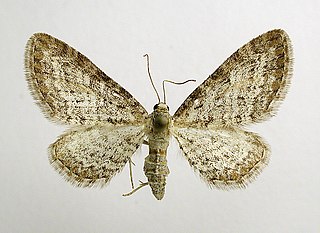The species name ingrata (Latin for "offensive") is a common element in taxonomic names. Examples include:

Latin is a classical language belonging to the Italic branch of the Indo-European languages. The Latin alphabet is derived from the Etruscan and Greek alphabets and ultimately from the Phoenician alphabet.
Fungi:
- Clavulina ingrata , a species of coral fungus found in Malaysia
- Hygrocybe ingrata , a species of waxcap mushroom found in Europe
Clavulina ingrata is a species of coral fungus in the family Clavulinaceae. Found in Malaysia, it was described by E.J.H. Corner in 1950.
Hygrocybe ingrata, commonly called dingy waxcap, is a mushroom of the waxcap genus Hygrocybe. Found in Europe, it was described as new to science in 1945.
Insects:
- Caloptilia ingrata , a species of insect known from Tanzania
- Endothenia ingrata , a species of moth in the genus Endothenia
- Eupithecia ingrata, a synonym of Eupithecia nigrilinea , a species of moth found in central Asia
- Stemmatophora ingrata, a synonym of Hypotia proximalis , a species of snout moth found in Azerbaijan and Pakistan
- Terias ingrata, a synonym of Eurema boisduvaliana , a species of butterfly found from Costa Rica to Mexico
- Trychosis ingrata , a species of wasp found in much of Europe
Caloptilia ingrata is a moth of the family Gracillariidae. It is known from Tanzania.
Endothenia is a genus of moths belonging to the subfamily Olethreutinae of the family Tortricidae.
Eupithecia nigrilinea is a moth in the family Geometridae. It is found in Afghanistan, Uzbekistan, Kyrgyzstan, Tajikistan, Pakistan, Jammu and Kashmir, Nepal and northern Thailand. The habitat consists of mountainous areas at altitudes ranging from 1,700 to 4,500 meters.
Plants:
- Acacia ingrata , a species of shrub native to Western Australia
- Michelia ingrata , a species of plant endemic to China
- Myristica Ingrata , a species of tree in the genus Myristica found in Asia and the western Pacific
Acacia ingrata is a shrub belonging to the genus Acacia and the subgenus Phyllodineae. It is native to an area along the coast in the South West and Goldfields-Esperance regions of Western Australia.
Michelia ingrata is a species of plant in the Magnoliaceae family. It is endemic to China.

Myristica is a genus of trees in the family Myristicaceae. There are over 150 species distributed in Asia and the western Pacific.

















